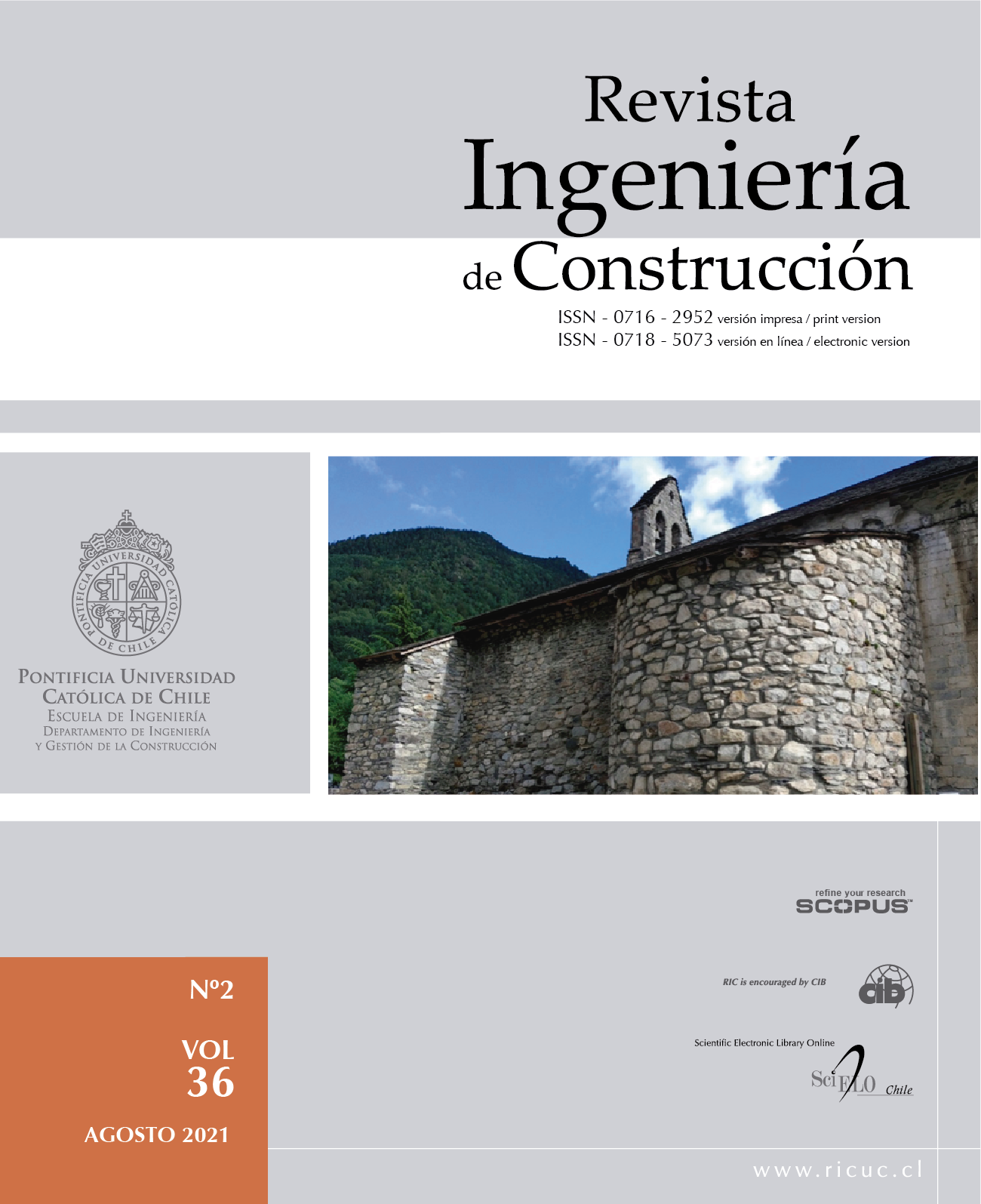Evaluation of a rejuvenator as an additive in asphalt
Keywords:
Asphalt, asphalt mix, rejuvenating, aging, NATAbstract
Ecuadorian asphalt has the particularity of being prone to premature aging; therefore, the asphalt pavements have insufficient durability. The objective of this experimental work is to assess the effect that a modification with the rejuvenating agent Sylvaroad RP-1000 produces on the properties of AC 20 asphalt from the Esmeraldas Refinery, as well as evaluating its impact on the quality of a typical asphalt mix, without reclaimed asphalt pavement, prepared with modified and unmodified asphalt. The asphalt used is also classified as PG 64-22 and when mixed with 2.5% by weight of the rejuvenator, the grade changed to PG 58-28. Additional studies were carried out using the ΔTc, Glover-Rowe parameters and the corresponding transition temperatures, showing improvements in the results. At that point, a dense mix with 5.5% asphalt was designed. Stiffness modulus, cyclic compression and fatigue modulus tests were applied with the NAT equipment to the specimens. When using modified asphalt, the fatigue behavior improved remarkably. Additionally, an aging process in oven at 85 ° C was applied to both mixtures, measuring the stiffness modulus and fatigue at 8 days, which demonstrated an adequate behavior only in the mixture made with rejuvenator.


